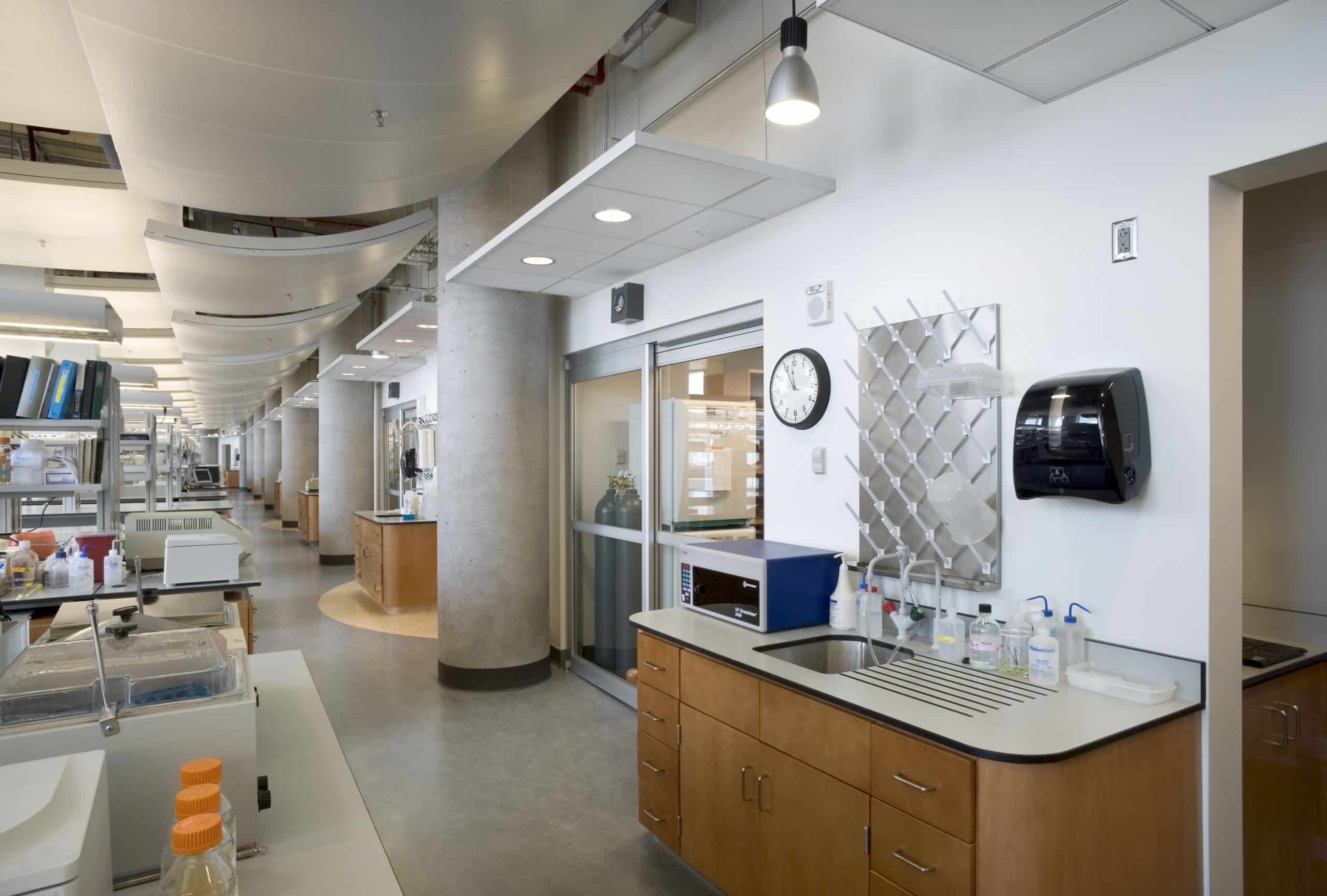
The Fayez S. Sarofim Research Building, Institute of Molecular Medicine (IMM)
Houston, Texas, U.S.A
The building, which is home to The Brown Foundation Institute of Molecular Medicine for the Prevention of Human Diseases (IMM), houses wet and dry laboratories, offices, conference areas, a 200-seat auditorium, a vivarium, and support spaces. The different elements of the facility are articulated in distinct architectural segments that provide highly flexible spaces for labs and offices without compromising one another. The separation permits the building design to maximize features of each mass that are appropriate to its function, greatly enhancing economy and sustainability. Laboratory planning is modular and very open, with each lab module sized to accommodate three to four researchers supported by a series of alcoves for separation of functions like tissue culture and fume hoods.
Size : 2,00,000 SF
Services : Architecture, Interior Design, Sustainability, Landscape Design, Laboratory Programming & Planning
Collaboration : BNIM Architects, Stantec (Formerly Burt Hill), Jayesh Hariyani while Director at Burt Hill
Accolade : LEED GOLD
Share ►
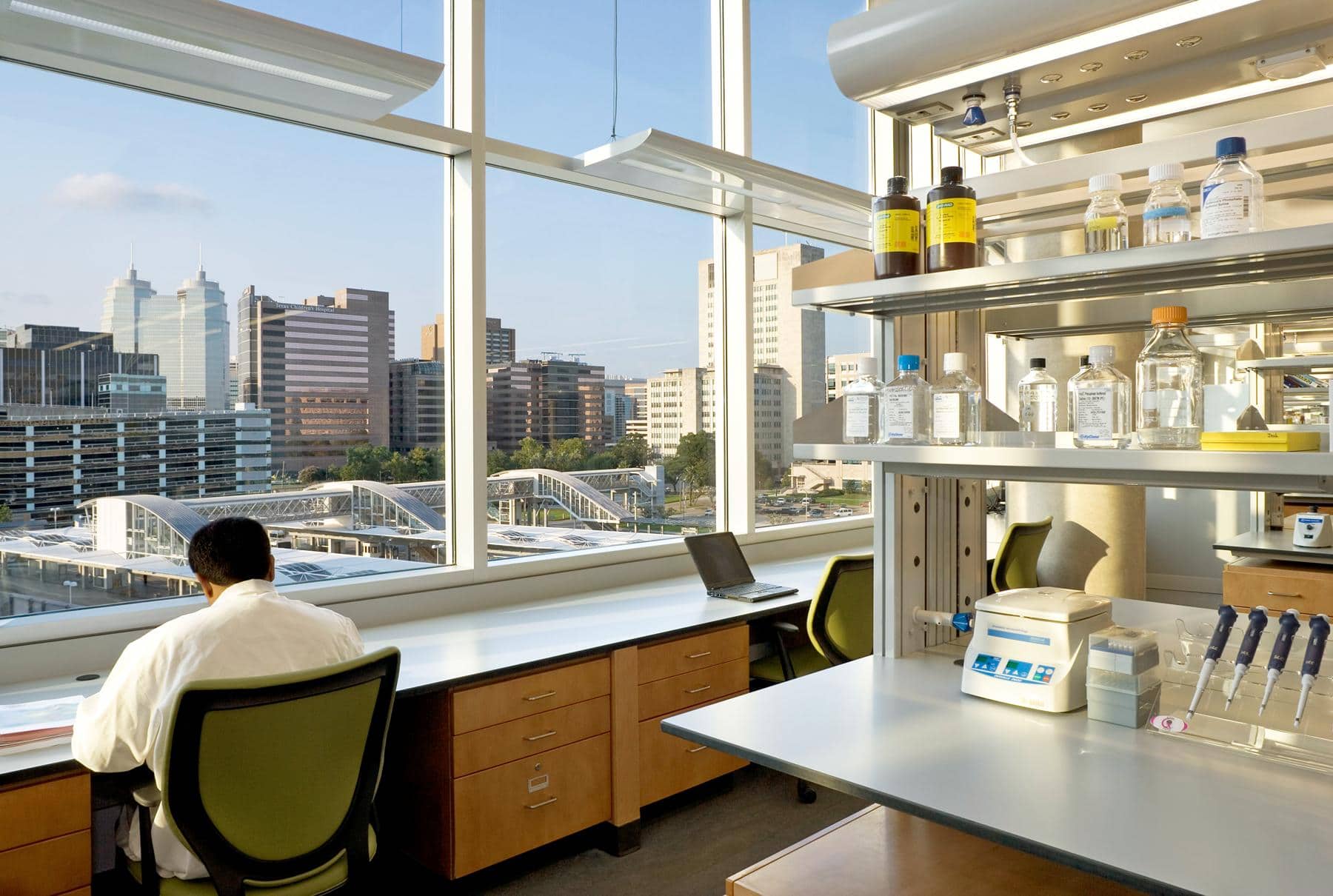
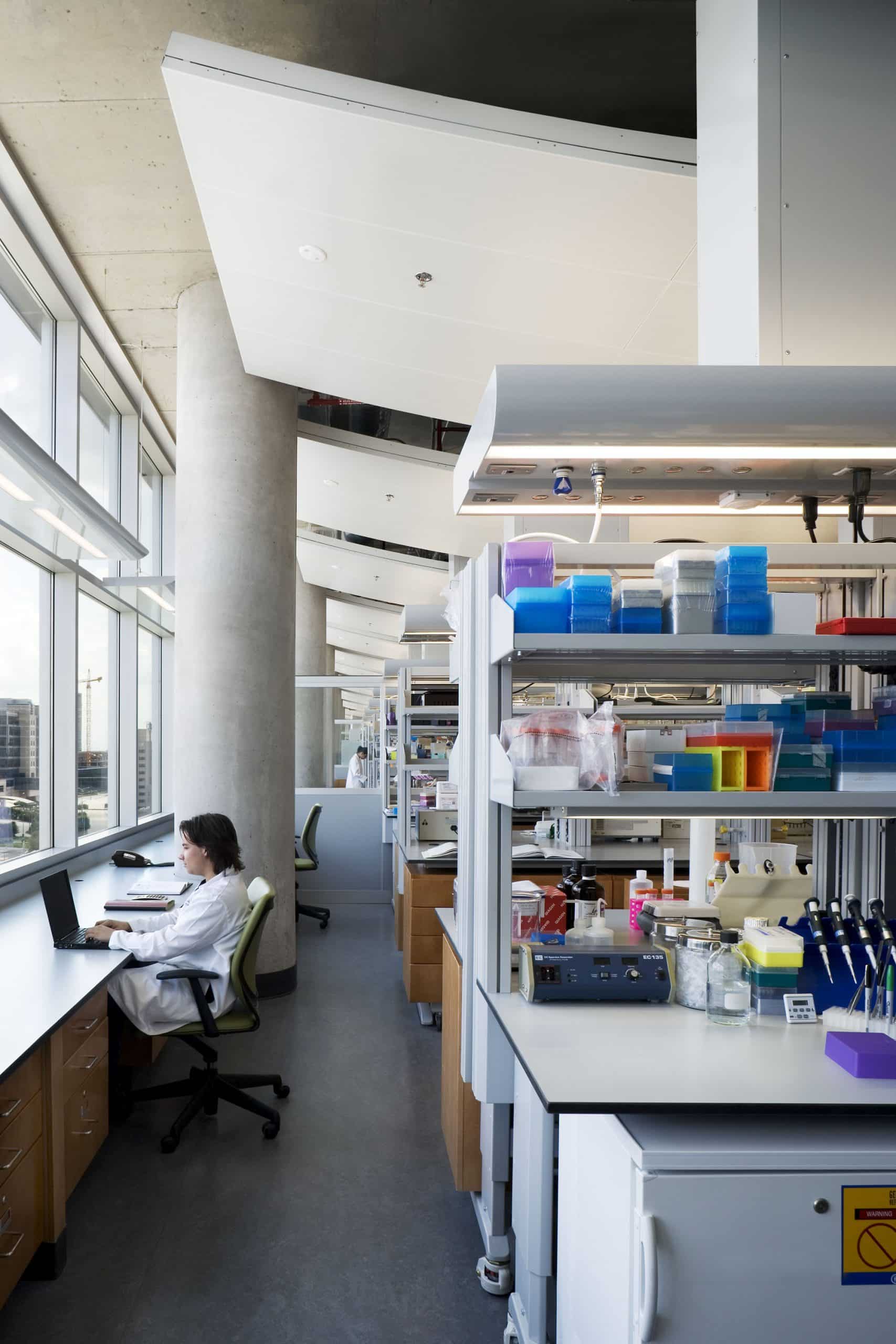
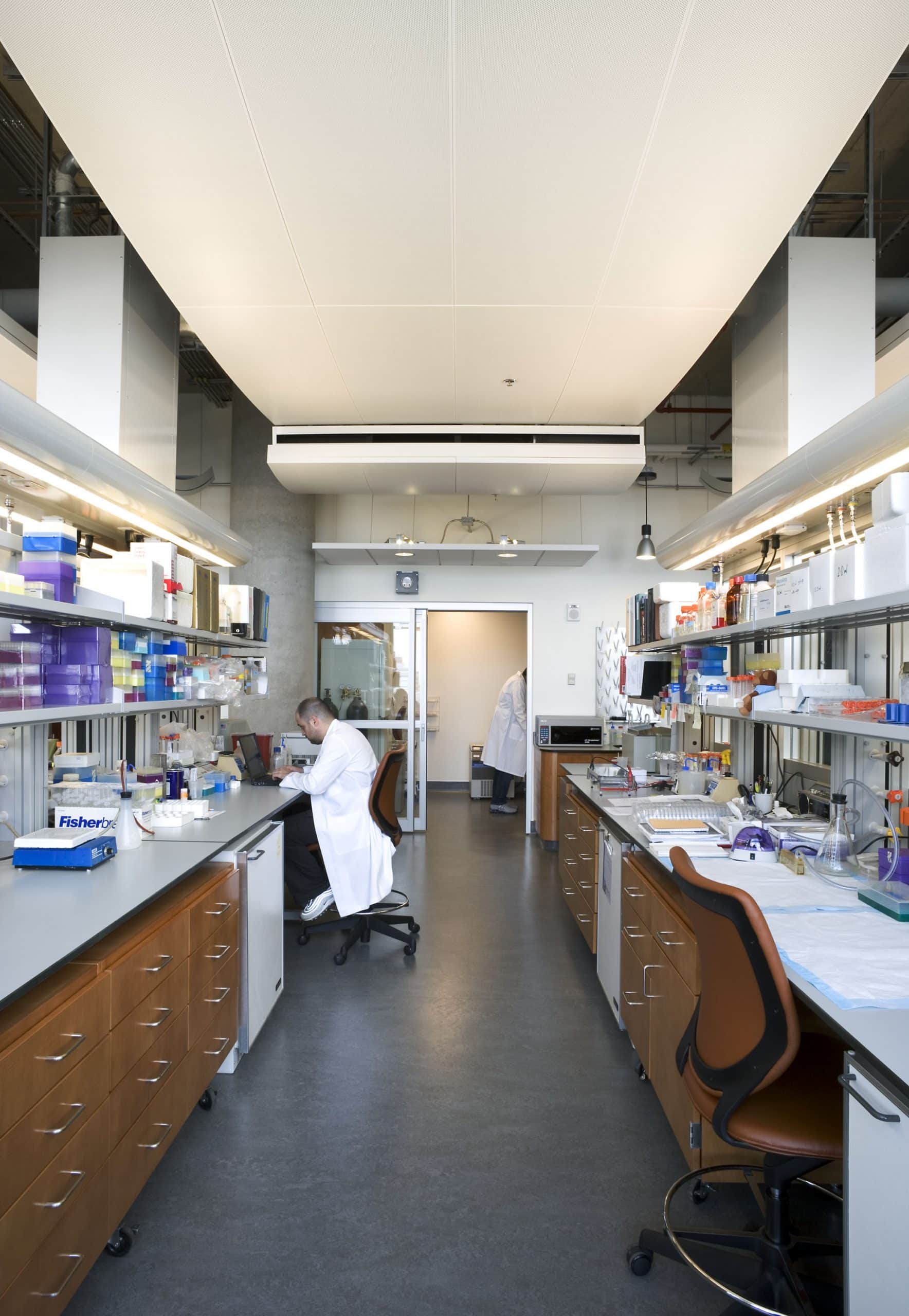
Sustainably Planned Research Facility Intervention at Active Campus Location
The Fayez S. Sarofim Research Building, home of the Brown Foundation Institute of Molecular Medicine, is a comprehensive research facility on a tight urban site within the Texas Medical Center campus. This facility is designated to support research collaboration in the area of molecular medicine, particularly in genetics and proteomics and bioinformatics. The Sarofim Research Building houses dry and wet laboratories, offices, conferencing areas, a 200-seat assembly facility, and appropriate support spaces. The design creates a dynamic, interactive environment conducive to research and learning on multiple levels. From the relationship with the outdoors, to the architecture of the building, to the interior spaces, the approach considers form and function holistically, promoting the productivity and well-being of users.
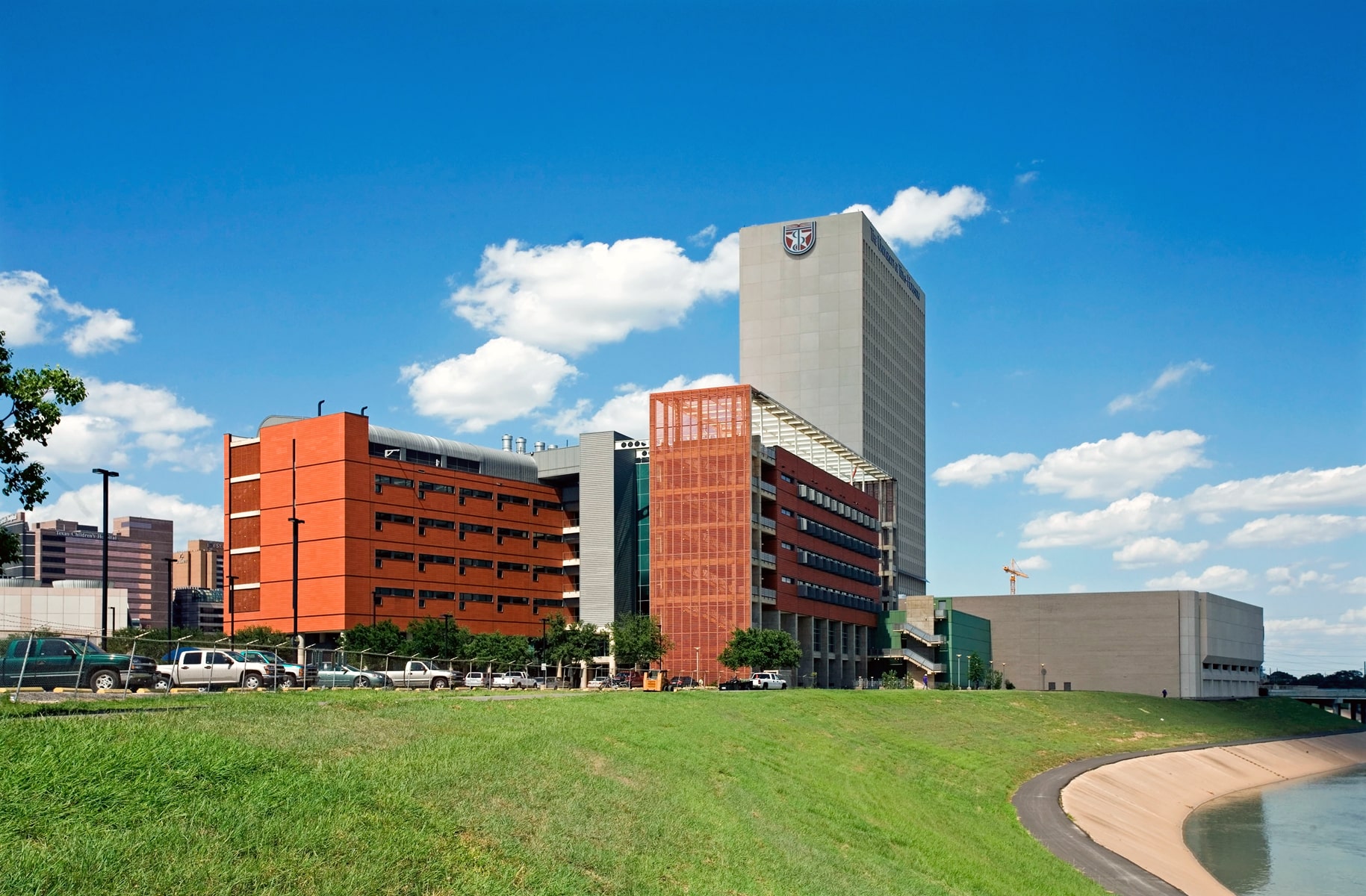
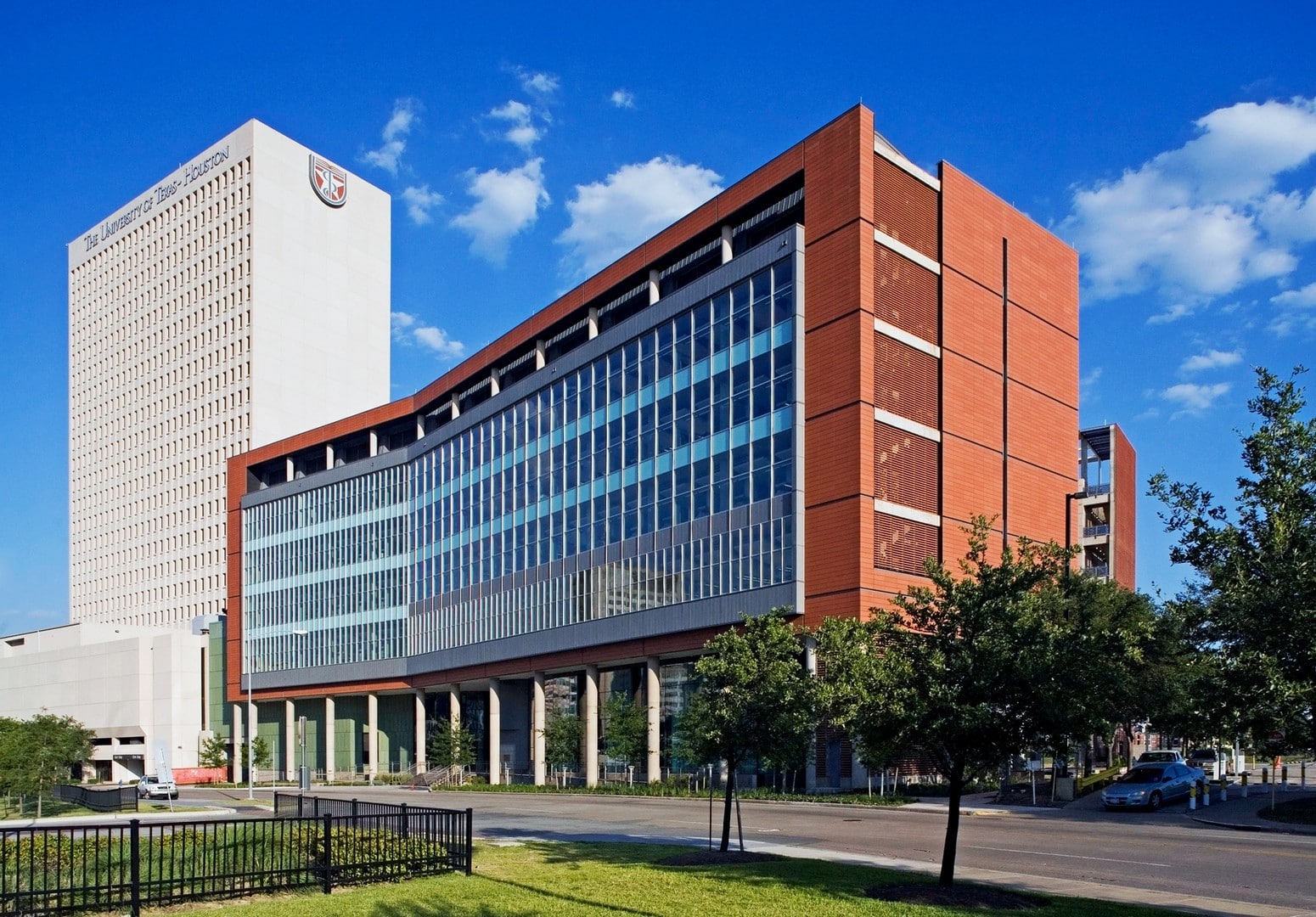
The approach to the design was based on three underlying principles: place, collaboration and sustainability. The design focuses on creating a dynamic, interactive environment conducive to research and learning on multiple levels. The building is a composition of separate functional "species". Each species is designed as a unique typology fulfilling the specific needs of its function and use. These separate building elements are then connected by an atrium and circulation spaces. Distinction between the interior and exterior is blurred by the continuation of materials throughout.
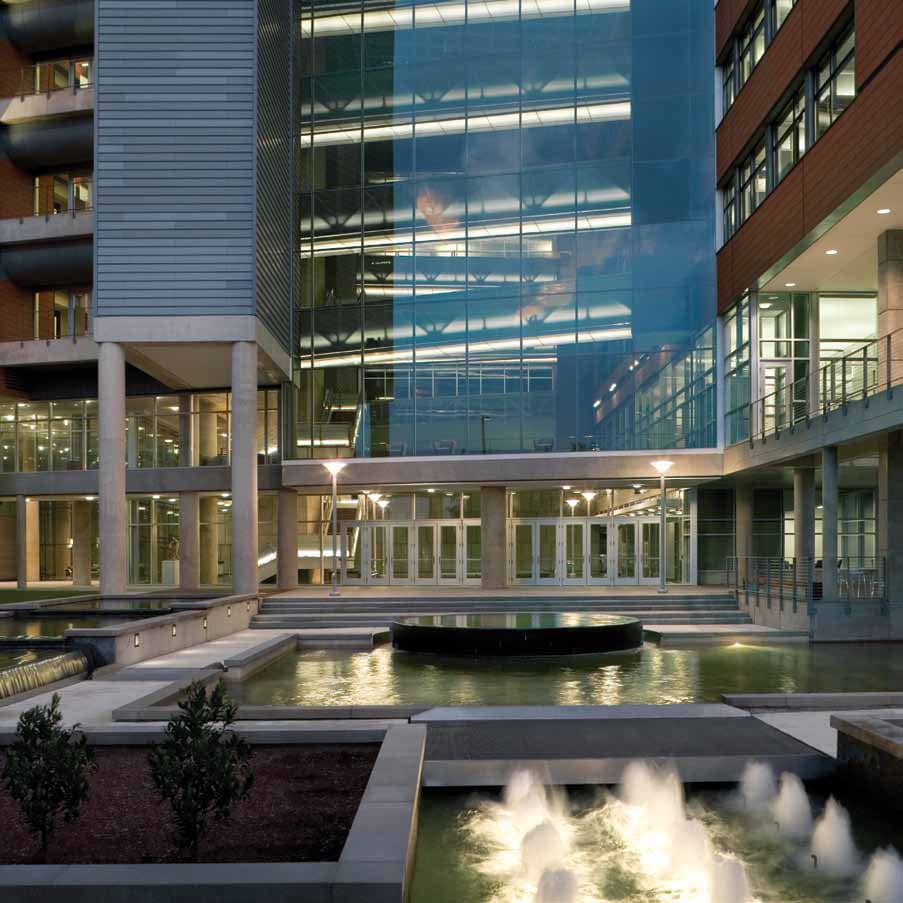
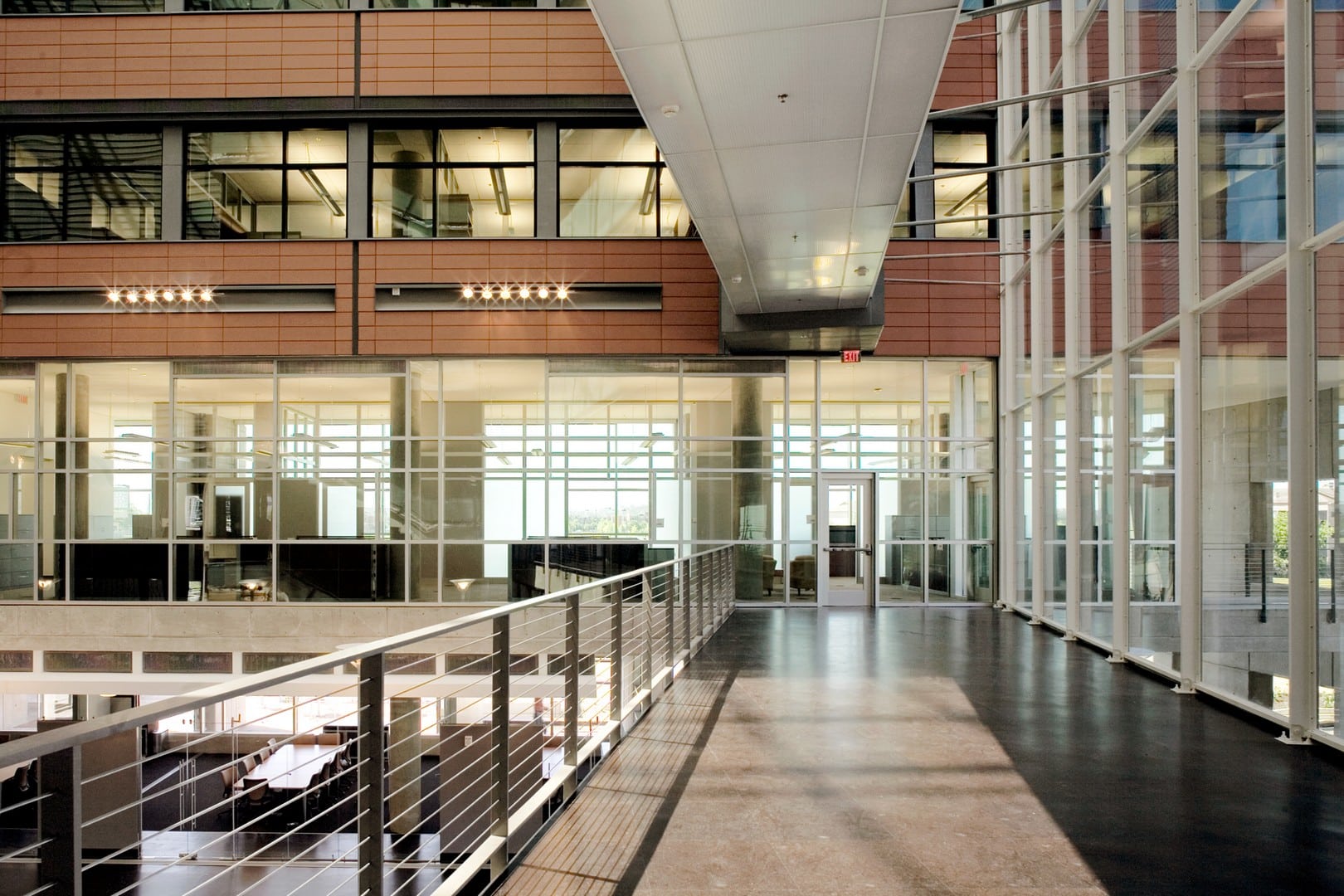
User Well-Being Enhanced by Open Planning, Climate Responsive Orientation
The three basic functional elements, i.e. labs, support spaces and offices have been clearly segregated and aligned along the length of the building and planned as flexible modules that can be adapted evolving space requirements. This arrangement lends itself ideally to the smooth functioning and mutual coordination of the said constituent elements. Being oriented to optimize day light and natural ventilation as well as the voluminous central openness of the atrium enhance the well-being and consequent productivity of the building’s users.
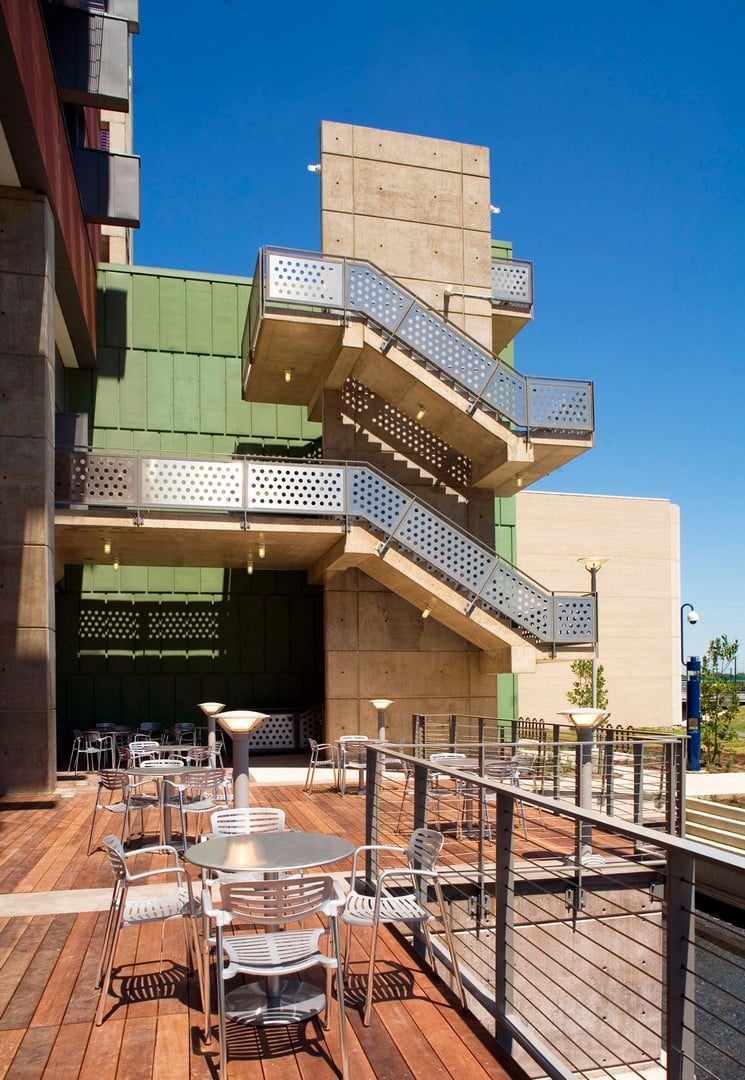
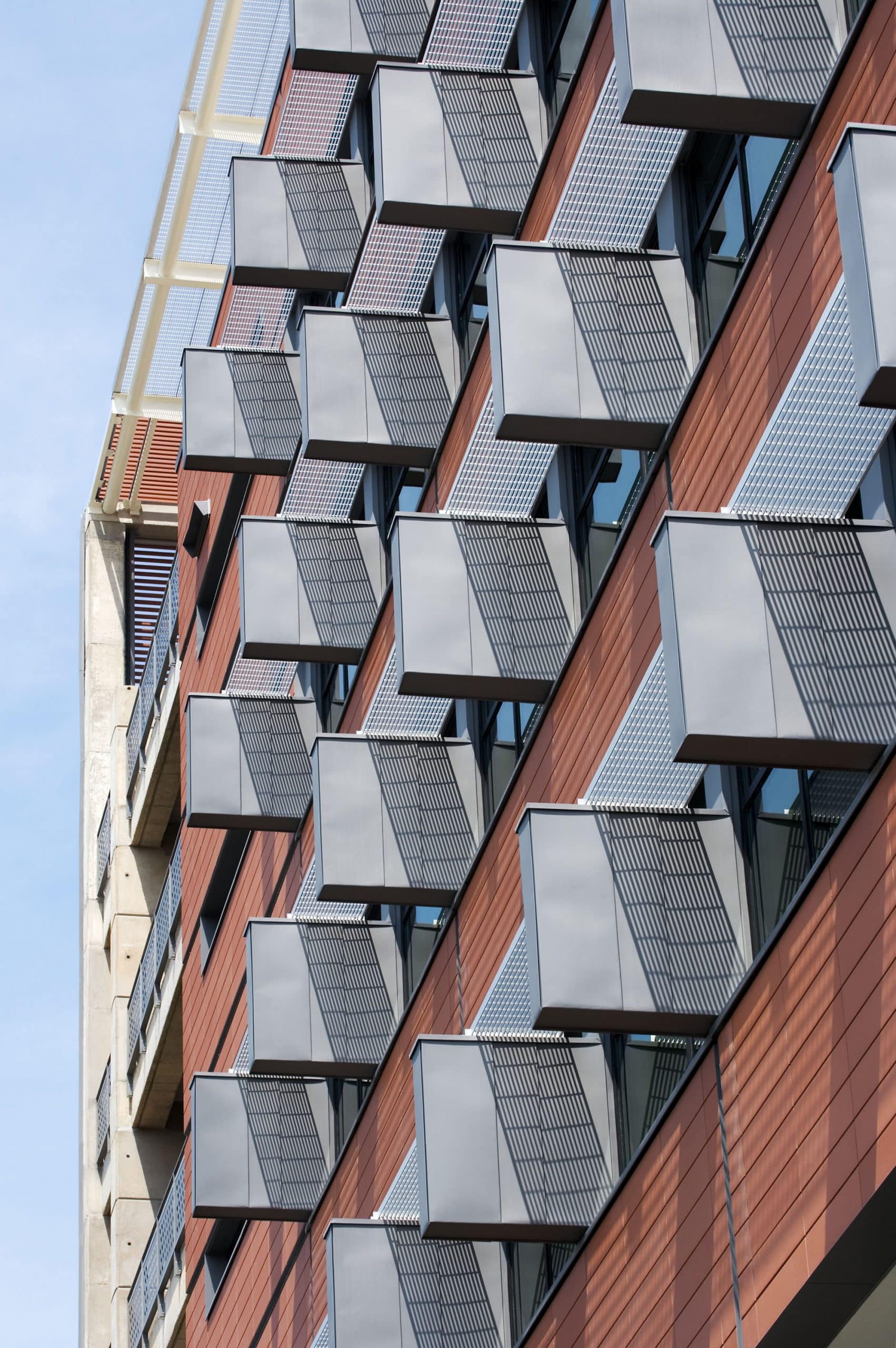
Green Building Goals Realized Through Embedded Sustainability Strategies
The building incorporates sustainable design strategies at many scales. Building orientation allows optimum penetration and control of natural light in relationship to the differing programmatic elements of flexible laboratory space, support laboratories, office and common areas. The separation of office and lab elements enabled the environmental control system to capture and reuse energy that would normally have been wasted. The reinforced concrete column and slab structure employs high fly ash concrete thus reducing the upstream environmental impact of the building. The building also has a specialized facade design that responds to the Houston climate.
The building incorporates sustainable design strategies at many scales. Building orientation allows optimum penetration and control of natural light in relationship to the differing programmatic elements of flexible laboratory space, support laboratories, office and common areas. The separation of office and lab elements enabled the environmental control system to capture and reuse energy that would normally have been wasted. The reinforced concrete column and slab structure employs high fly ash concrete thus reducing the upstream environmental impact of the building. The building also has a specialized facade design that responds to the Houston climate.
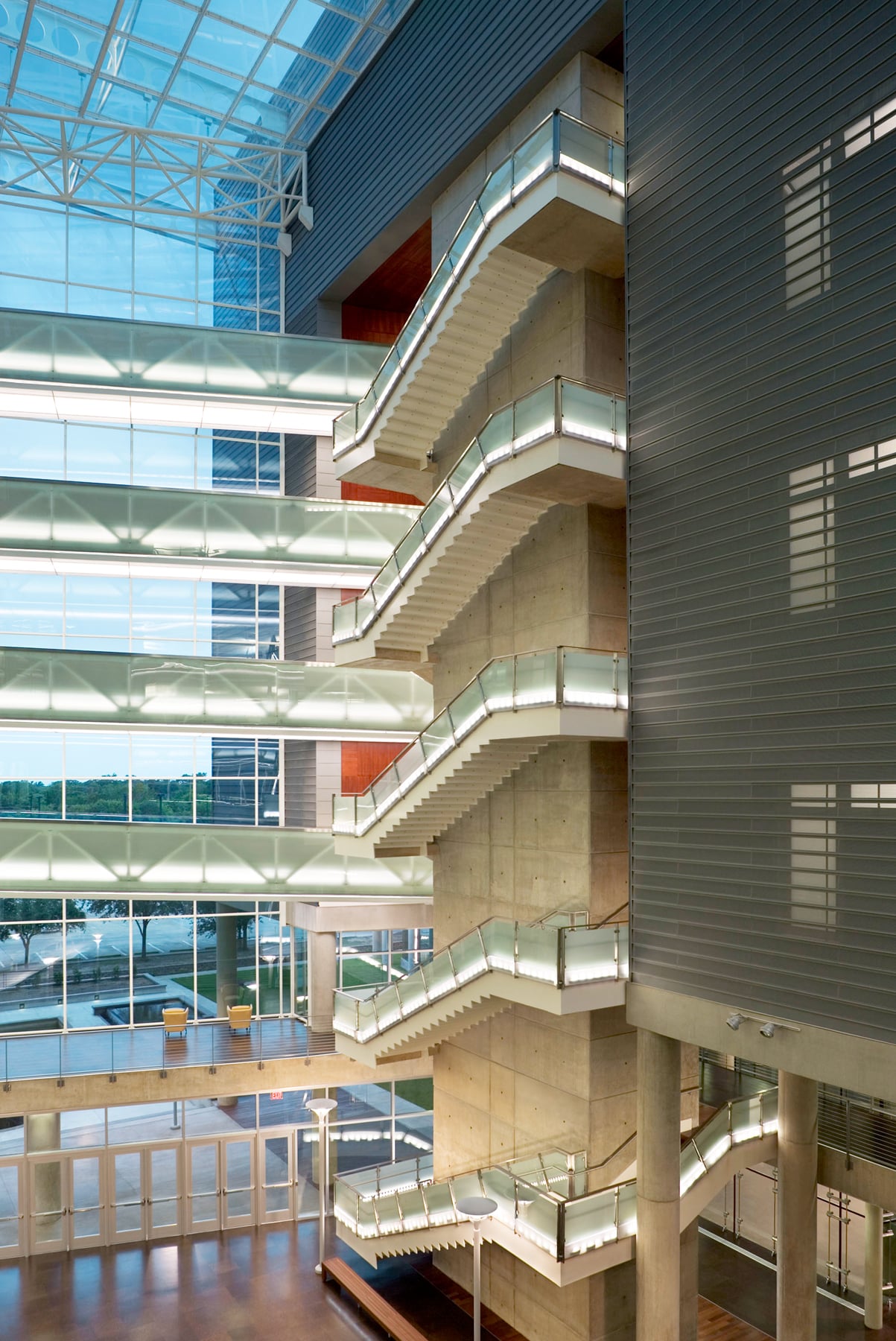
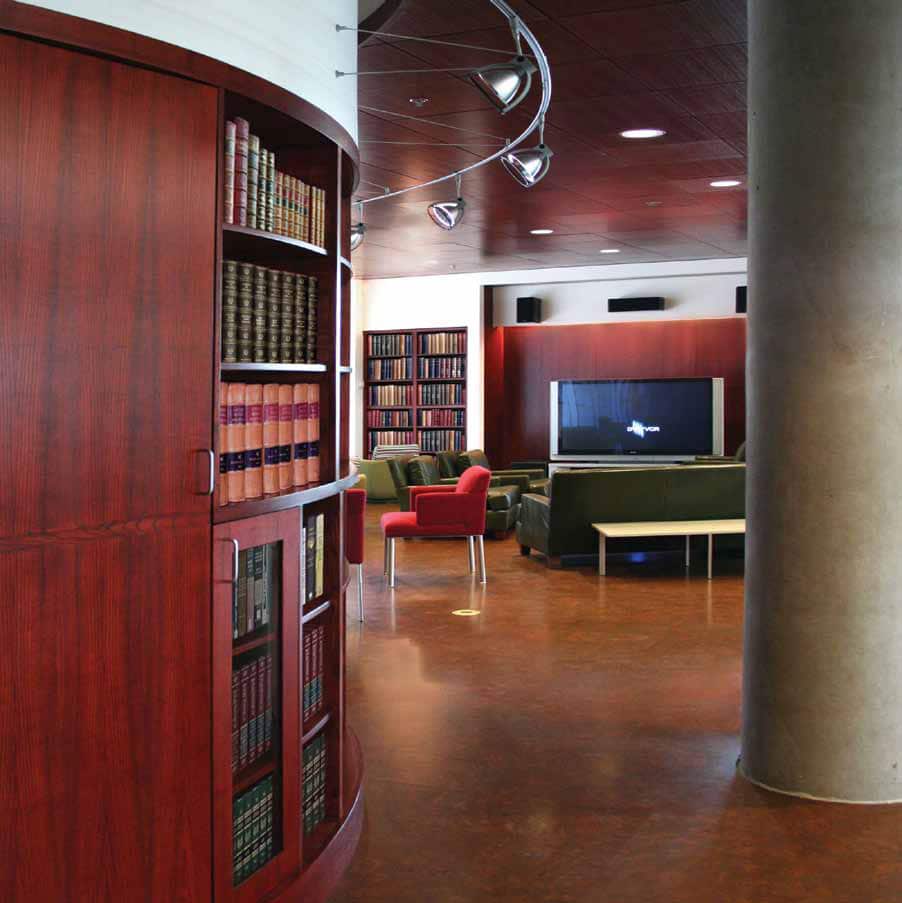
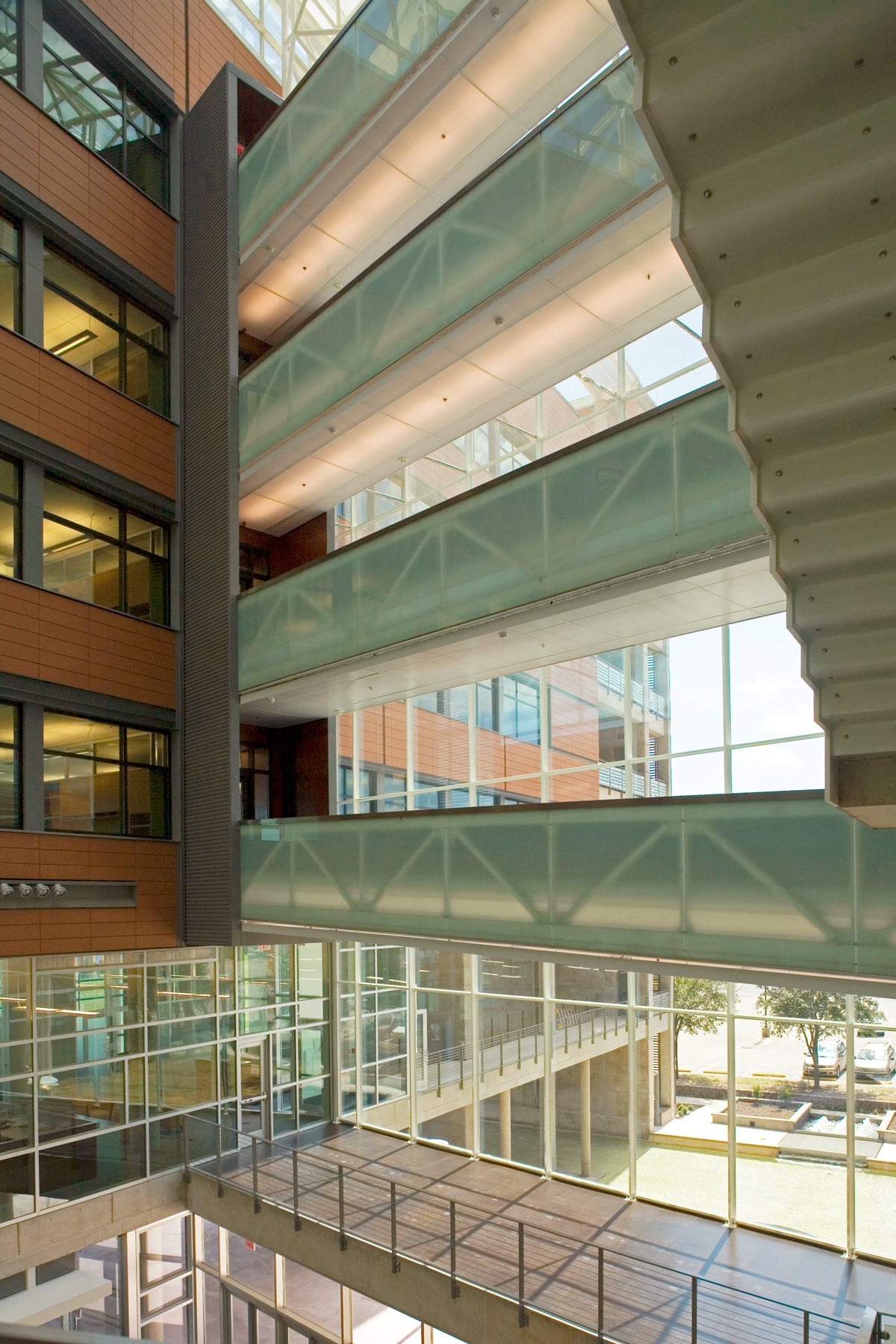
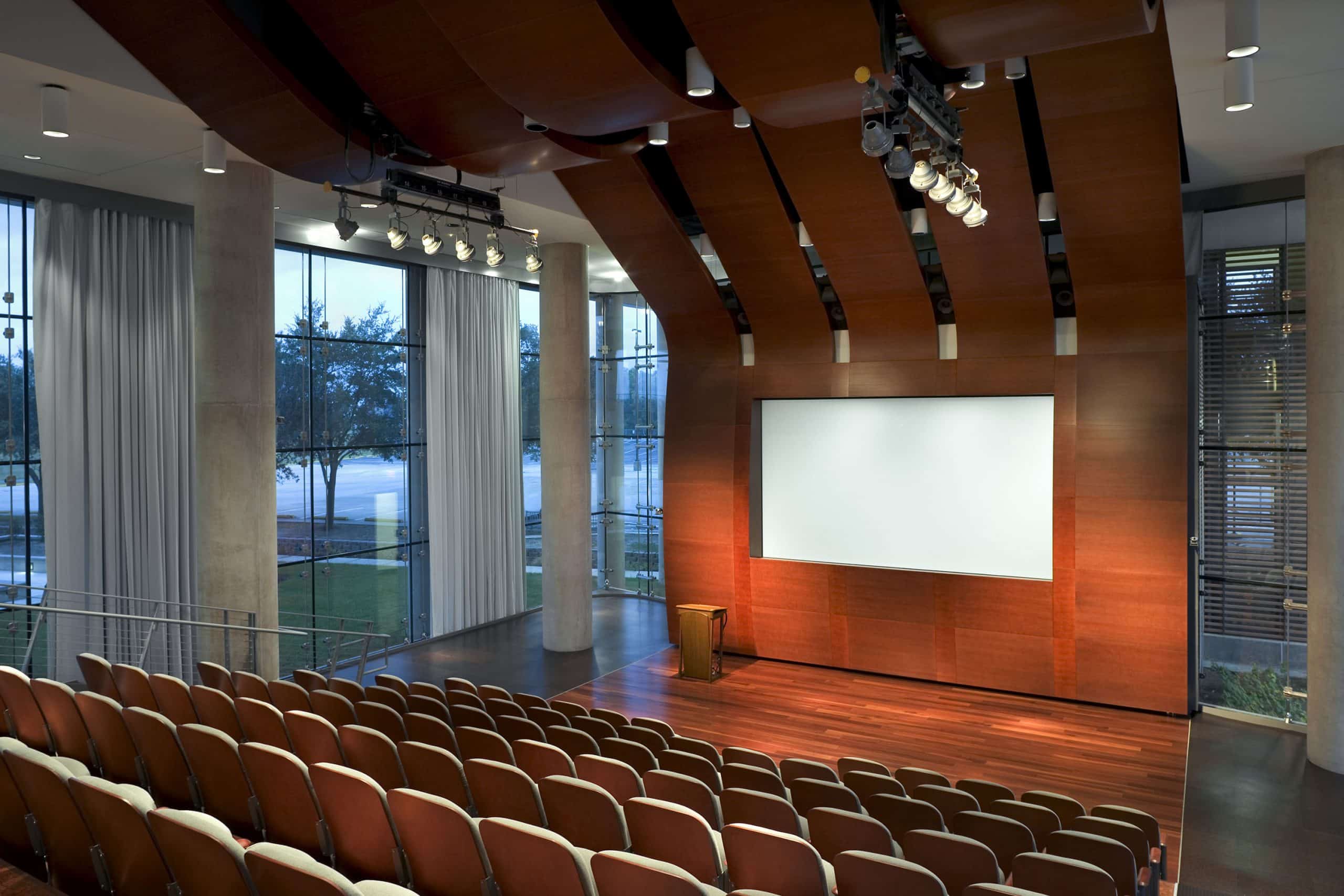
*Photo Credits: Richard Payne
The design strategies include a site design that respects all living systems and biodiversity; minimizing the use of water, and collecting, reusing, and cleaning water on site; establishing energy effectiveness and selecting materials with a high recycled content and low embodied energy. By segregating the office and lab components of the design the capture and reuse of energy through a controlled environment system, aided by fenestration technology like operable windows connected to sensors, fritted low E glass, light shelves and shading tools, have been enabled.
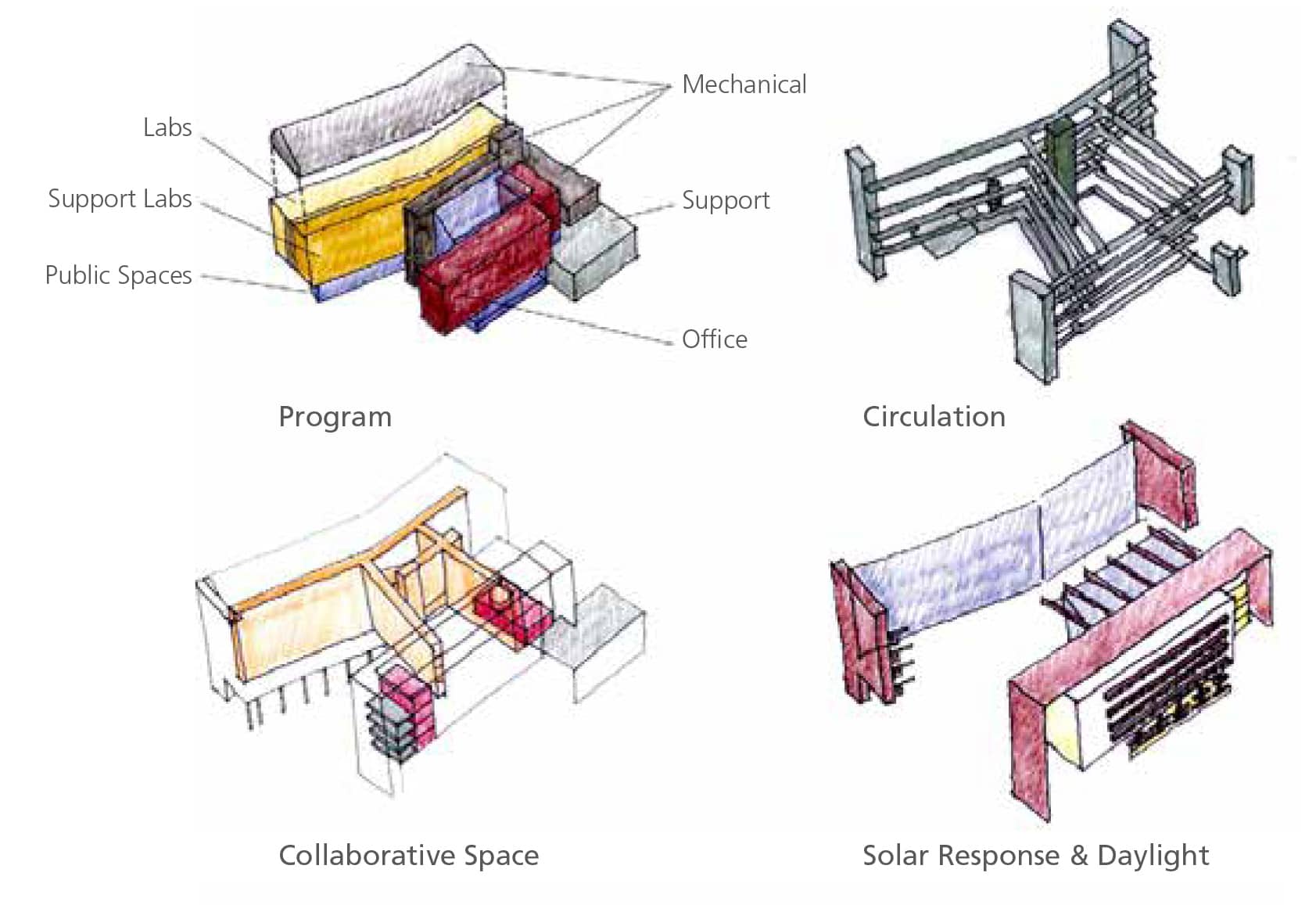
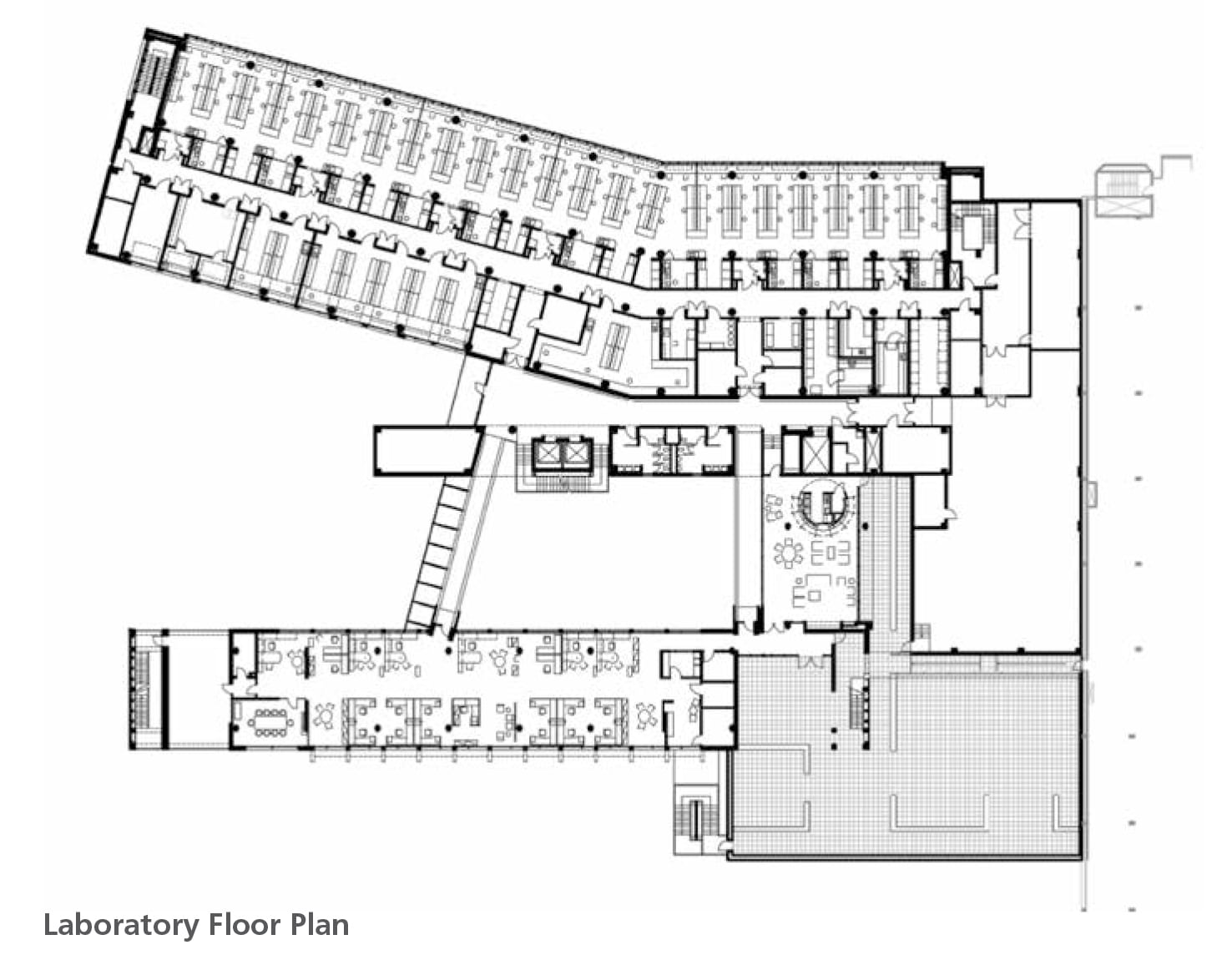
“Designing to Stimulate and Reinforce Creativity – The Font of Research.”

